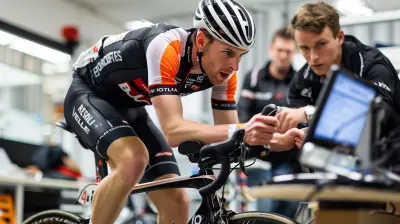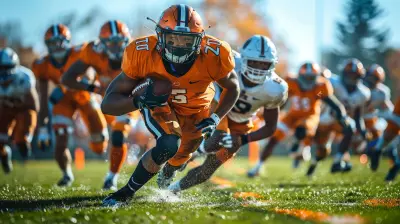The Impact of VAR Decisions on Tactics and Momentum
22 June 2025
Ah VAR… the three letters that stir up more debates than politics at a family dinner. Whether you're cheering in your living room or cursing at the pub, Video Assistant Referee (VAR) has left an undeniable mark on modern football. But beyond the screaming and shouting, there's something deeper going on. It's not just about whether the ball crossed the line or if someone’s toenail was offside. It’s about how VAR is reshaping the very soul of the beautiful game—tactics, momentum, and even how players think.
So grab your jersey and settle in, because we're diving headfirst into the mysterious, game-changing impact of VAR decisions on tactics and momentum.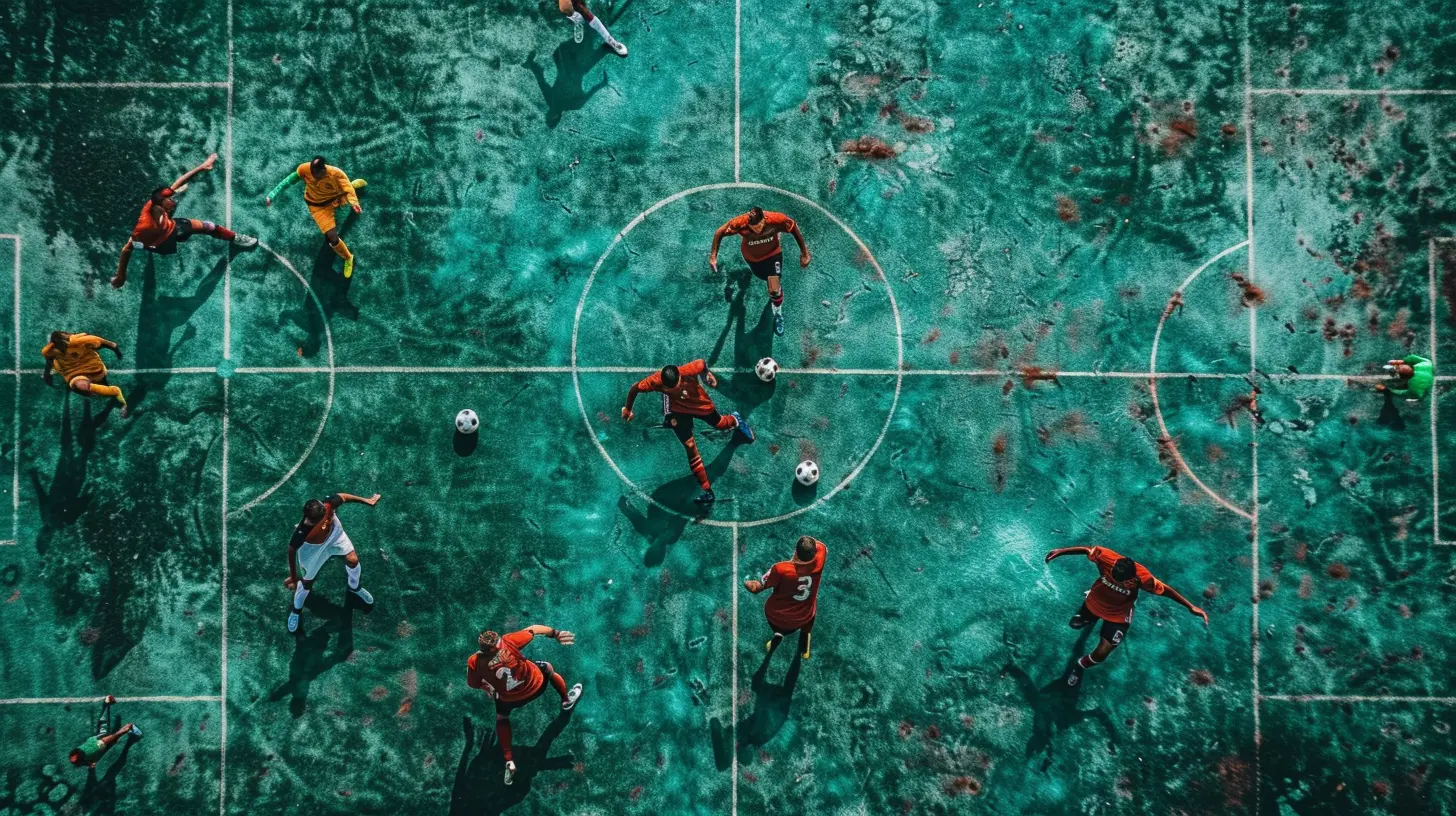
What is VAR, Really?
Before we dive deep into its ripple effects, let's keep it real—what the heck is VAR?VAR was introduced to help referees make better decisions through video replays. It focuses primarily on four areas:
1. Goals
2. Penalty decisions
3. Direct red cards
4. Mistaken identity
Sounds helpful, right? But wait, there's more to this seemingly noble mission. Like an unseen puppet master, VAR can twist the strings of a match’s flow, dictating not just outcomes but micro-moments that define seasons.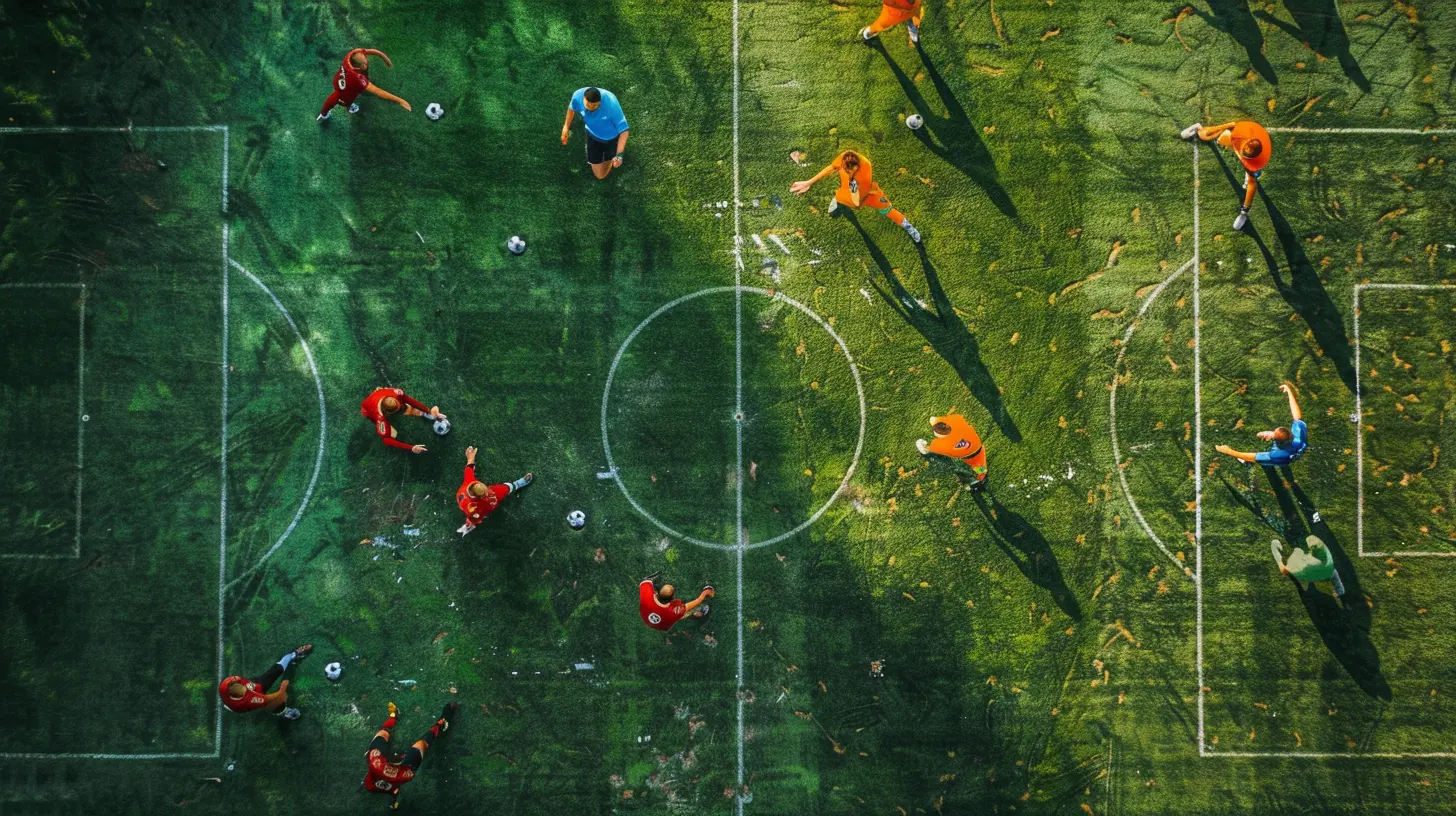
The Tactical Shake-Up: Coaches Are Noticing
Let’s start with how VAR is redefining the chalkboard for managers.Imagine you're a coach. In the past, a player getting away with a sneaky tug or a clever dive was part of the game. Now? Every action is under a high-definition microscope. VAR is forcing coaches to adapt—fast.
Pressing With Caution
High pressing used to be the rage, especially with teams like Liverpool under Klopp. But the risk? More fouls in dangerous areas. With VAR, those borderline calls are getting flagged more than ever. So, what happens? Teams start pulling back, pressing less aggressively, and adopting more structured lines to avoid the video microscope.Think about it: would you go in for that tight challenge in the box if you knew someone in a room hundreds of miles away could rewind and send you packing?
The Rise of "Controlled Risk"
Modern football is a chess game, and VAR added a whole new piece to the board. Coaches have started training players to take “controlled risks.” That includes:- Avoiding risky tackles in VAR-sensitive zones (box, wings)
- Being mindful of hand positioning in aerial duels
- Twisting run timings to avoid marginal offside calls
It’s like walking a tightrope—with the whole world watching in slow motion.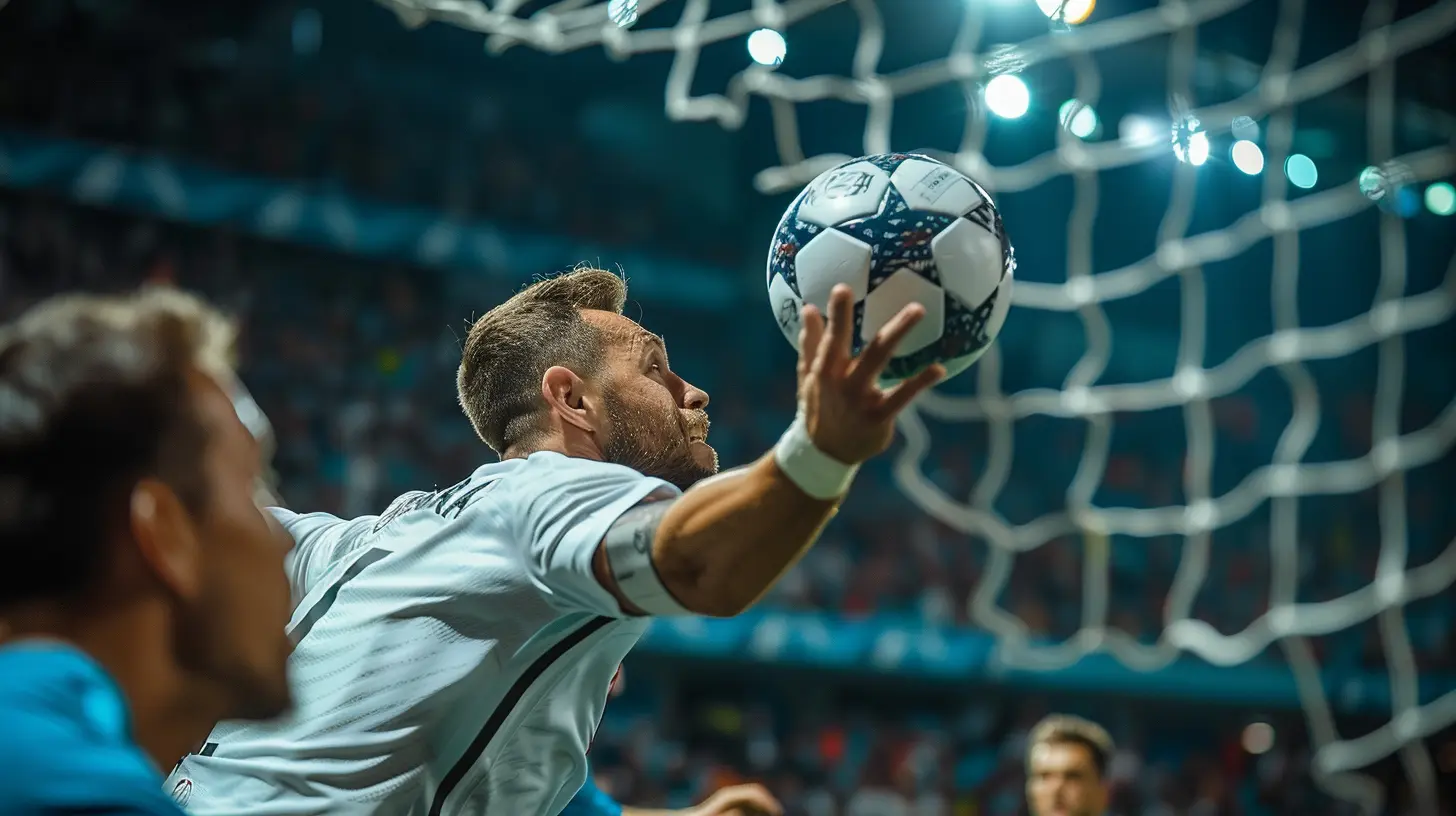
Momentum: The Invisible Shift
Here’s where it gets juicy. Momentum in sports is like the wind—you can't see it, but you sure can feel it when it’s behind you… or slapping you in the face.Cold Showers in Hot Moments
Imagine your team scores an electric goal. The crowd erupts, the players celebrate, the coach is doing fist pumps like he's at a rock concert. But wait—VAR’s checking. Two minutes later: Goal disallowed. Just like that, the party's over. The emotional high nosedives, and the opponent, who was on their heels, now breathes easier.VAR has become the ultimate mood killer. It can flip emotional momentum in a heartbeat. And it’s not just fans feeling it—it’s players too. The game slows down. Tempers rise. Focus dissolves.
The “VAR Pause” Effect
This one’s interesting. VAR checks create pauses—sometimes 1, 2, even 4 minutes long. What does that mean tactically?- Players cool down (literally and figuratively)
- Coaches re-instruct from sidelines
- Opponents regroup defensively
- Attack-minded sides lose rhythm
Football, at its core, is rhythmic. When VAR interrupts that rhythm, it’s like a DJ cutting the music mid-song. Awkward, disjointed, and momentum-shattering.
Game Management in the VAR Era
Here’s a subtle shift you might not have noticed. Players are learning to “play the VAR game.”Tactical Simulation and Delays
We’ve all seen it—players gesturing the VAR square after falling in the box. In the past, that would be frowned upon. Now? It's strategic. Players know the referee might hesitate to blow the whistle if there’s a VAR check pending. So what do they do?- Hold the ball
- Stop and ask for the review
- Delay the restart
It’s all part of the game now. Think of it as a new meta—like how Fortnite players build towers. You either adapt or lose.
Defenders Under the Microscope
Spare a thought for defenders. They're having a nightmare in the VAR era. Every touch, arm movement, or shirt pull can end in heartbreak. So, how do defenders adjust?- More zoning, less tight marking
- Arms behind the back while blocking shots (looks awkward, doesn’t it?)
- Increased reliance on teammate positioning and covering rather than one-on-one aggression
It’s changing how the defensive unit operates. And guess what? That means more space for attackers, more goals in some cases, and entirely new tactical matchups.
Psychological Pressure: A Mind Game
Let’s not pretend players are robots. They bleed, sweat, and yes, overthink—especially now.Uncertainty = Anxiety
Previously, a whistle was the final word. Now? It’s the equivalent of a “maybe.” Players celebrate goals half-heartedly. You’ll notice it: fewer over-the-top celebrations, more glances to the referee.That uncertainty builds stress. And when athletes are stressed, performance declines. Sprint speed drops. Reaction time slows. Decision-making gets foggy.
VAR is playing mind games at the highest level—and only the mentally strongest survive.
Controversies That Changed Games
Just to add spice, here are some real-world examples of how VAR decisions have turned football on its head:Champions League Final 2019
Early handball, Spurs get a penalty against Liverpool. Psychologically? Game over before it even began.Manchester City vs. Tottenham, 2019 UCL
Last-minute “goal” by Sterling canceled for offside after a VAR check. Tottenham advance. The stakes? Monumental.World Cup 2022 Group Stage
Multiple controversial offsides and penalty calls shaped not just individual matches, but the entire bracket.Each of these moments shifted tactics mid-game. Managers changed formations. Players shut down. Fans erupted. That’s not just reffing—it’s rewriting history.
Is VAR Here to Stay?
Like it or not, VAR isn’t going anywhere. It’s the AI of football—imperfect, but improving. And as it becomes more nuanced, teams will evolve alongside it.Future tactics might involve coaching players how to “act” for the camera. Clubs may hire VAR analysts (yep, that’s already a thing). Even set-pieces could be choreographed with VAR sensitivity in mind.
It’s a brave new world.
Conclusion: Embrace the Chaos?
VAR has cracked open Pandora's box. What poured out isn’t just fairness—it’s complexity, uncertainty, and a whole lot of tension. But with that also comes strategy, evolution, and a new psychological layer to the game we adore.The tactics are evolving. Momentum is fragile. And football has never been more unpredictable.
Maybe, just maybe, that’s not a bad thing.
all images in this post were generated using AI tools
Category:
Game AnalysisAuthor:

Frankie Bailey
Discussion
rate this article
2 comments
Lindsey Malone
Fascinating take on VAR’s influence! It’s intriguing to see how technology reshapes tactics and shifts momentum during matches. I wonder how teams will adapt their strategies moving forward!
November 21, 2025 at 11:32 AM

Frankie Bailey
Thank you! It's exciting to see how teams will innovate their strategies in response to VAR's influence. The evolving tactics will definitely add another layer to the game!
Maxwell Bowers
Great insight! VAR has truly reshaped tactics and momentum in the game—excited to see its future impact!
July 1, 2025 at 11:07 AM

Frankie Bailey
Thank you! I'm glad you found the insights valuable. VAR's evolution will indeed continue to influence tactics and the flow of the game in fascinating ways.
